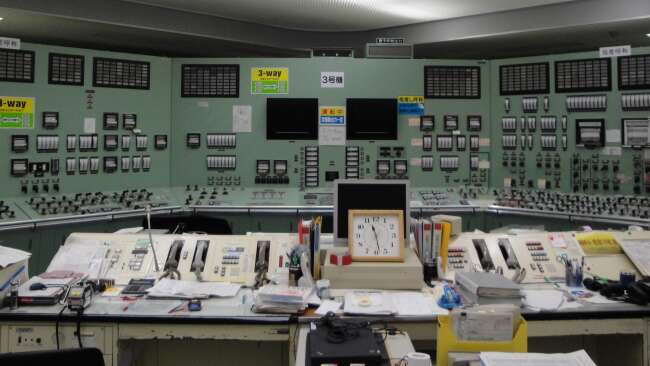Two men who developed laryngeal cancer are the first cases of the disease linked to the Fukushima nuclear disaster.
In 2011, A 9.0-magnitude earthquake and 46 ft high tsunami waves caused a meltdown at the Fukushima Daiichi Nuclear Power Plant in Japan. The resulting release of radioactive contaminants led to the evacuation of more than 160,000 residents. The International Nuclear Event Scale (INES) classified it as Level 7. Thus, making the Fukushima Nuclear disaster the most severe nuclear accident since the Chernobyl disaster of 1986.
Although no radiation-related deaths occurred in the immediate aftermath of the disaster, several former plant workers began to develop cancers later. Since the accident, around six workers have reported developing thyroid cancer, leukaemia, lung cancer, and work-related accidents. Now, two cases of laryngeal cancer have come forward. On Wednesday, Japan’s health ministry linked the two cases of laryngeal cancer to the Fukushima nuclear disaster. Thus, this is the first time that authorities have recognized laryngeal cancer as an occupational accident following Fukushima.
Japanese news outlet NHK reported that both the men had worked on the clean-up efforts at the nuclear power plant. This involved removing debris and measuring radiation doses at various areas of the plant. One of the men who was in his 40s recently died after developing laryngeal cancer in 2019. He was a radiologist and worked at a partner company of TEPCO, the company that owns the Fukushima plant. The other man was in his 60s and was a TEPCO employee.
Radiation Exposure
In recent years, many former plant workers have filed lawsuits against TEPCO, claiming working at the plant gave them cancer. However, a claim such as this can only be confirmed after a careful review by a team of experts.
The team of experts, part of the Ministry of Health, Labor and Welfare, measured the radiation exposure level for both cases. They found that the exposure dose of both the men exceeded 100 millisieverts (mSv). This is a level at which cancers typically develop. In contrast, the average individual annual exposure is 2.4 millisieverts.
Moreover, both men did not have lifestyle risk factors for laryngeal cancer, such as smoking or excessive drinking. The report also noted that the period between the time of exposure and the onset of disease was longer than five years. Thus, suggesting cancer developed after the radiation exposure.
According to authorities, decontamination, and clean-up of the area can take up to 30 to 40 years. Therefore, there is a concern of more workers developing cancers from radiation exposure.




